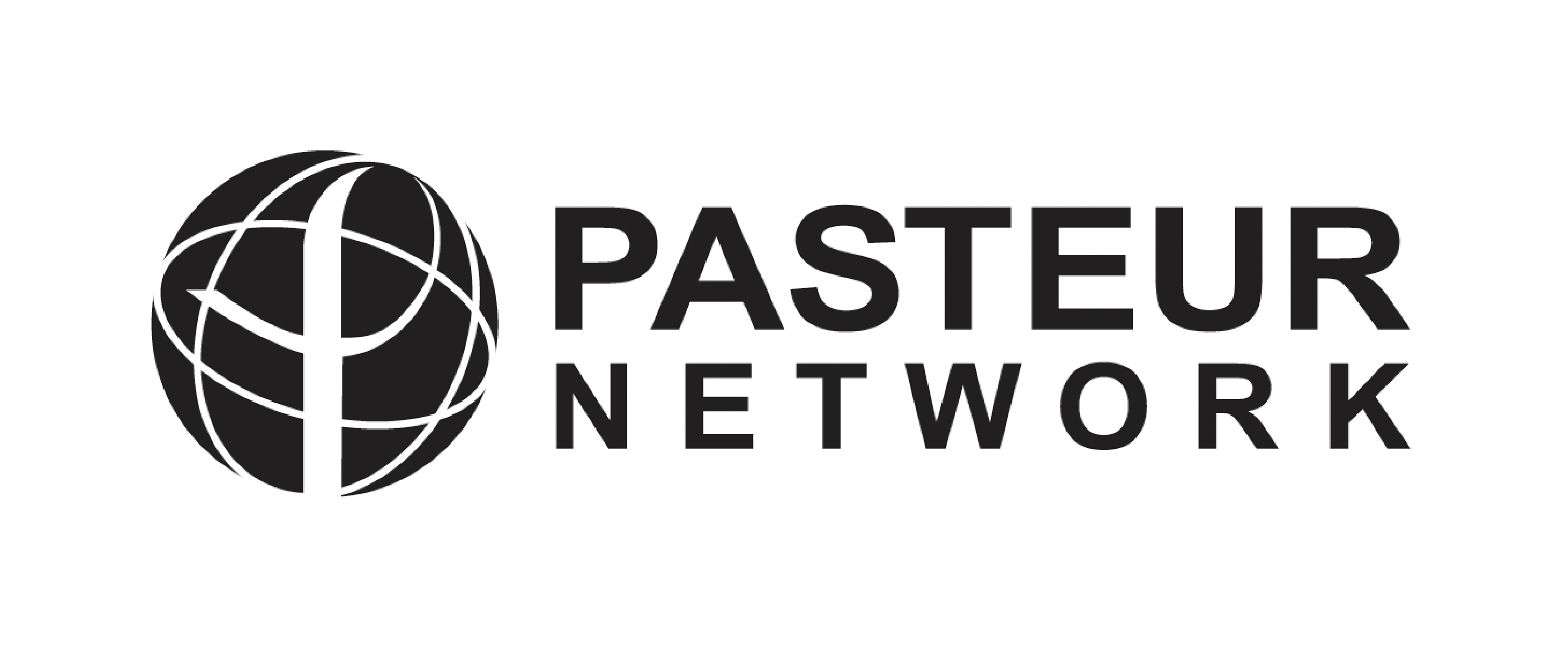Cerastotin, a serine protease from Cerastes cerastes venom, with platelet-aggregating and agglutinating properties.
Résumé
Cerastotin, a thrombin-like enzyme from the venom of the desert viper Cerastes cerastes, has been purified by gel filtration on Sephadex G-75 and two ion-exchange chromatographies on Mono S columns. It is a neutral glycoprotein (pI = 6.6), present as a single polypeptide chain of 40 kDa. Its N-terminal sequence shows strong similarity with those of other thrombin-like enzymes from snake venoms. Cerastotin possesses esterase and amidolytic activities measured with N(alpha)-tosyl-L-arginine methyl ester and the thrombin chromogenic substrate D-phenylalanyl-L-pipecolyl-L-arginine p-nitroanilide, respectively. The amidolytic activity is inhibited by phenylmethylsulfonyl fluoride, N(alpha)-tosyl-L-lysine chloromethane, N(alpha)-tosyl-L-phenylalanyl chloromethane, D-phenylalanyl-L-prolyl-L-arginyl chloromethane and benzamidine, suggesting that cerastotin is a serine protease. Cerastotin efficiently clots human plasma and cleaves preferentially the alpha chain of fibrinogen. Cerastotin did not induce aggregation of washed normal platelets, but did aggregate platelets in the presence of exogenous fibrinogen. A monoclonal antibody directed against glycoprotein (GPIb), which specifically inhibits induced agglutination by ristocetin also completely blocks platelet aggregation induced by cerastotin. However, another anti-GPIb monoclonal antibody, which specifically inhibits alpha-thrombin binding to GPIb, did not prevent this aggregation. Furthermore, platelets which were desensitised by alpha-thrombin still aggregate in the presence of cerastotin, but not alpha-thrombin. Similarly a monoclonal antibody, anti-GPIIb-IIIa, which blocks fibrinogen binding, did not inhibit cerastotin-induced platelet aggregation. This activity is abolished in the presence of 1 mM phenylmethylsulfonyl fluoride and/or 10 mM EDTA. Cerastotin also agglutinates formalin-fixed and washed platelets, only in the simultaneous presence of fibrinogen and of Von Willebrand factor.
Domaines
Sciences du Vivant [q-bio]
Loading...
